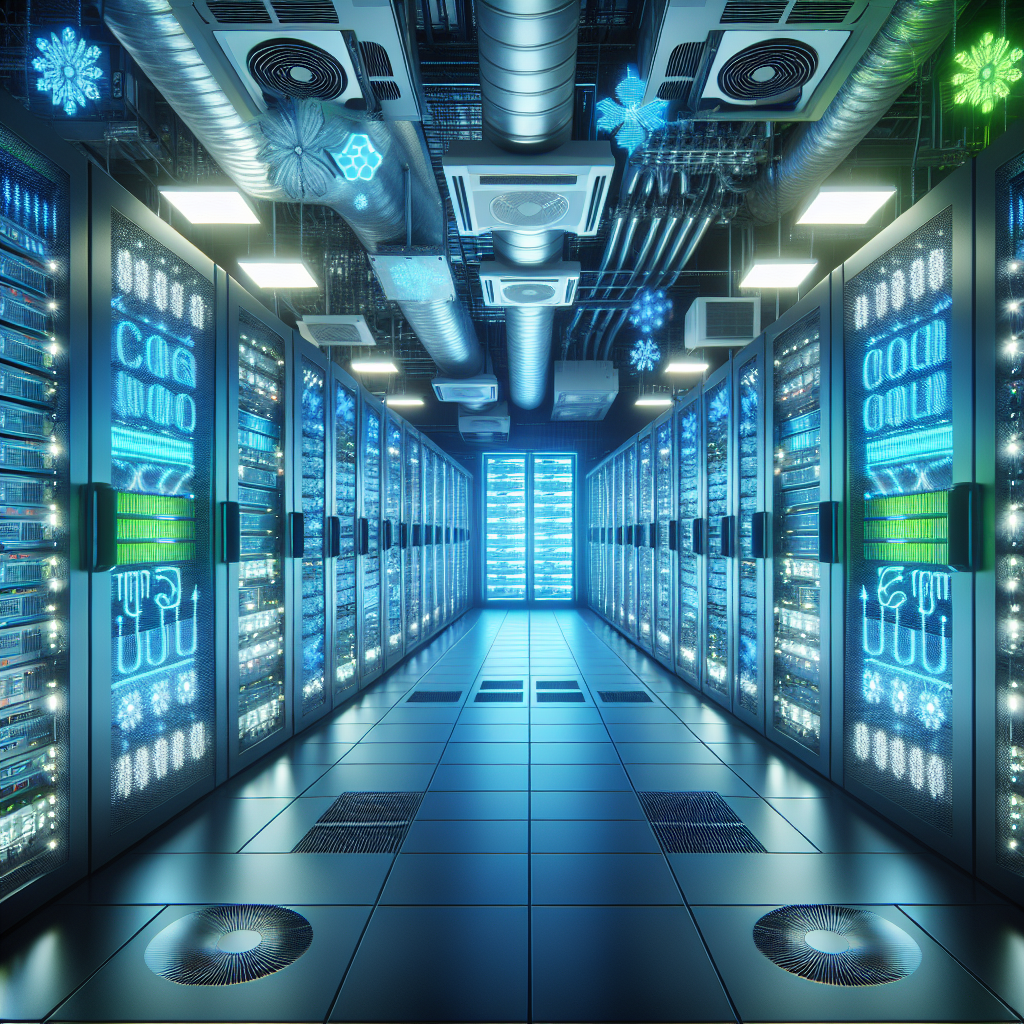Your cart is currently empty!
Optimizing Data Center Cooling for Peak Performance

Data centers are the backbone of many businesses, providing the infrastructure needed to store, manage, and process vast amounts of data. However, data centers can also be energy-intensive operations, consuming large amounts of electricity to power the servers and keep them cool. In fact, cooling can account for up to 40% of a data center’s total energy consumption.
To optimize data center cooling for peak performance, it’s important to implement energy-efficient cooling strategies that can help reduce energy consumption and lower operating costs. Here are some tips for optimizing data center cooling:
1. Implement hot aisle/cold aisle containment: Hot aisle/cold aisle containment is a common cooling strategy that involves arranging server racks in alternating rows with hot exhaust air facing one aisle and cold intake air facing the other aisle. This helps to separate the hot and cold air streams, preventing hot air from recirculating back into the servers and reducing the need for excessive cooling.
2. Use economizers: Economizers are cooling systems that use outside air to help cool the data center when the ambient temperature is cooler than the temperature inside the data center. By using economizers, data centers can reduce their reliance on mechanical cooling systems, leading to significant energy savings.
3. Optimize airflow management: Proper airflow management is crucial for efficient data center cooling. Make sure that server racks are properly spaced to allow for adequate airflow, and use blanking panels to fill in any gaps in the racks to prevent hot air from recirculating.
4. Implement variable speed fans: Variable speed fans can adjust their speed based on the cooling demands of the data center, helping to optimize energy efficiency. By using variable speed fans, data centers can reduce energy consumption and improve cooling performance.
5. Consider liquid cooling: Liquid cooling systems can be more efficient than traditional air cooling systems, as liquids have a higher heat capacity than air. By using liquid cooling systems, data centers can achieve better cooling performance while reducing energy consumption.
6. Monitor and optimize cooling systems: Regular monitoring and optimization of cooling systems is essential for maintaining peak performance. Use temperature and humidity sensors to track environmental conditions in the data center, and adjust cooling settings as needed to ensure optimal performance.
By implementing these strategies, data centers can optimize their cooling systems for peak performance, reduce energy consumption, and lower operating costs. With the increasing demand for data storage and processing capabilities, optimizing data center cooling is essential for ensuring the efficient operation of data centers in the long run.

Leave a Reply